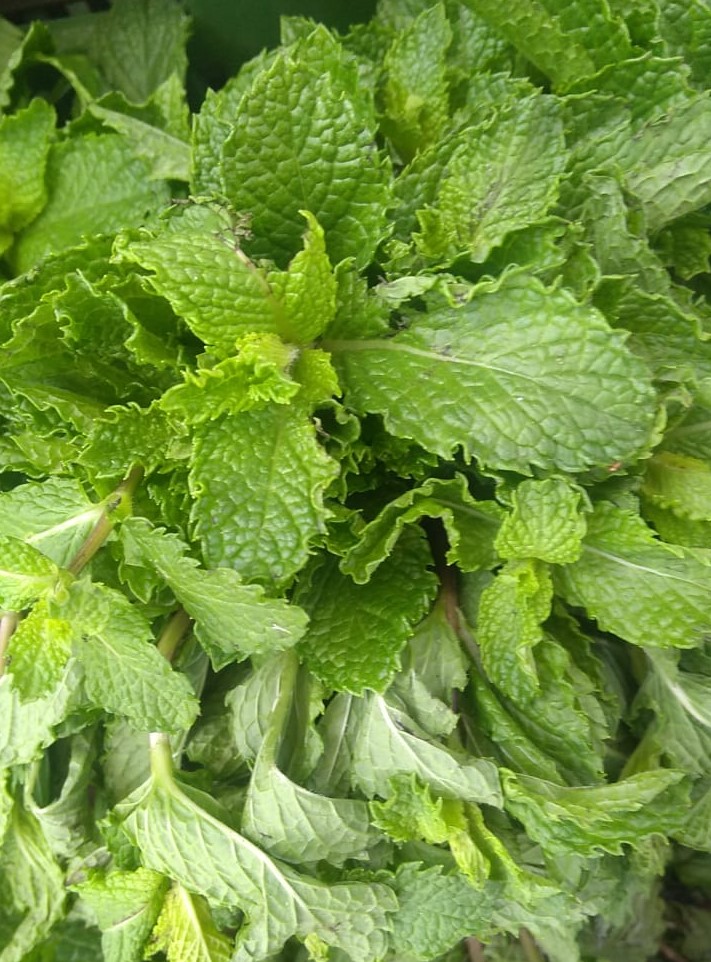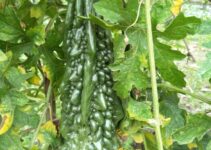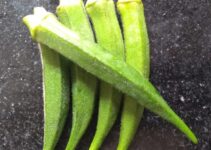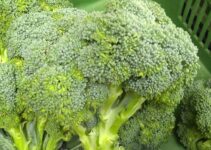Why eat Pudina every day?
Pudina or pudina chutney is packed with vitamins and minerals, which are beneficial for many diseases and disorders. Pudina has been known since ancient times for its cooling effect & sensation, and digestive properties. Mint is also associated with varied medicinal uses and benefits. More or less, all the dietitians agree that pudina has very powerful antioxidants and plays an influential role in managing blood sugar, asthma, cough, and beauty purposes. It is also beneficial to make the metabolism faster, thus good for weight loss. Mint is also used for beauty purposes like removing pimples and acne and making your skin healthier and younger.

Nutritional value of Pudina
Many important nutrients are present in pudina, which makes it one of the most sought-after herbs to be noticed. Three grams of pudina contains energy (2.24cal), protein (0.12g), carbohydrate (0.48g), fat (0.03) and fibre (0.26g). It also contains trace amounts of potassium, magnesium, phosphorous, calcium, vitamin C, iron, and vitamin A. It also contains some important antioxidants and anti-inflammatory compounds.
What are the uses of pudina?
Pudina is a refreshing and energising herb which gives you different feelings. It is used for multiple purposes. It is used both in dried and fresh forms. Some of the essential healthy uses of it are:
The best use of pudina is making Chutney
- Raita
- To add flavour, I Biryani
- Mocktail
- Tea
- Alcoholic drinks
- Sauces
- Salads
- Desserts
- Toothpaste
- Gum
- Candy
- Beauty products
What are the benefits of pudina?
- Enhances digestion: As per the research study, it has been found that pudina contains a biochemical substance called menthol, which is antiseptic and antibacterial. Due to these properties, it is suitable for an upset stomach and also beneficial in case of indigestion and constipation.
- Weight loss: The medicinal herb is also quite popular for weight loss. The eating of mint ensures the stimulation of digestive enzymes, which enable better absorption of nutrients from food. This proper assimilation and absorption of foods make the metabolic process faster. The method of speeding up metabolism is responsible for weight loss.
- Prevents pimples and acne: Pudina is known for its anti-inflammatory and anti-bacterial properties, which help to fight against acne and pimples. The leaves of pudina contain a high amount of salicylic acid, which is excellent in combating acne action. Pudina gives the skin glow on multiple fronts, i.e. skin cleanser, youthful skin, fairer skin, etc. Because of the presence of a high amount of antioxidants, mint is quite effective in giving your face a youthful look. Apply the paste of crushed leaves and honey and leave it for 20 minutes followed by washing it with warm water is beneficial in giving your look younger.
- Fight depression: Pudina has a refreshing smell, which helps to rejuvenate your body and mind. It regulates cortisol levels, thereby helpful in combating stress. Its aroma is also quite relaxing. It has also been found that it releases a small amount of serotonin in the brain that helps to beat depression.
- Oral health: The chewing of mint leaves is adequate to get relief from bad breath due to germicidal properties. The regular use of it helps to prevent bacterial growth in the mouth thus preventing plaque formation in the teeth. Because of its numerous oral benefits, it is being used in the manufacturing of many types of toothpaste.
- Respiratory problems (Asthma & Common cold): Pudina has anti-inflammatory properties, which is suitable for asthmatic patients. The eating of leaves helps relieve respiratory congestion. The leaf vapor is beneficial to clear congestion of the nose, throat, bronchi, and lungs including chronic cough.
- Reduces breastfeeding pain: Breastfeeding mothers generally experience cracked nipples, which cause significant pain. In many studies, it has been found that applying pudina oil or its water helps to relieve such pain and also prevents cracked nipples.
Side effects of pudina
- The patient with gastroesophageal reflux disease (GERD) shouldn’t use digestive ease. It may exaggerate the GERD symptoms.
- Take peppermint oil in excess is toxic.
- Pure menthol is poisonous; therefore, it is recommended not for internal consumption.
- The use of mint oil should be avoided on kids’ faces as it may cause spasms and result in difficulty breathing.
How do you store pudina leaves?
Pudina leaves may be dried if they are kept outside freeze. But now the question arises of how it should be kept in the freeze. It is better to keep it in the freeze by covering it with paper. Before covering, one should ensure to remove the dirt or wanted leaves or decaying leaves. Secondly, it can be dried and kept in an airtight container.





